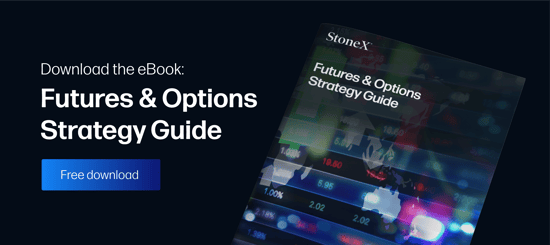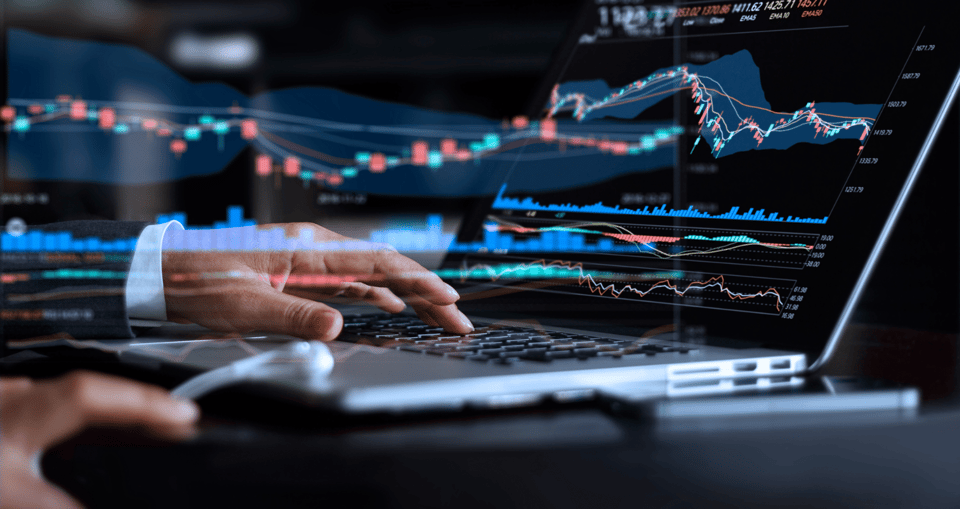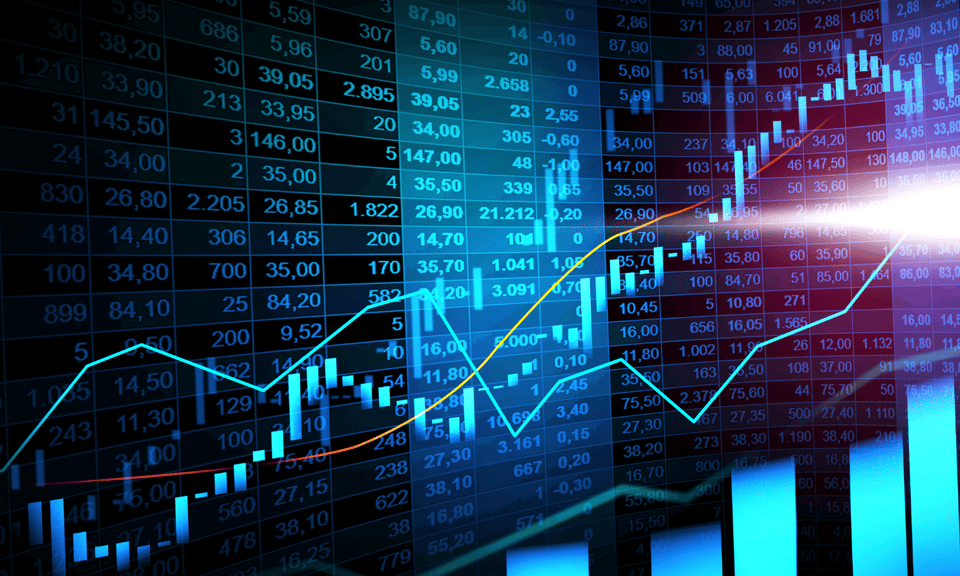Futures trading is a discipline approached from countless perspectives by people from all walks of life. No matter your background, it’s possible to make money in the markets. All that is needed is time, risk capital, and a viable strategy.
For many successful traders, technical analysis is a preferred means of engaging the markets. Interpreting evolving price action via charts and indicators promotes consistent, disciplined, statistically verifiable trading. If you’re an aspiring market technician, then support and resistance levels and momentum oscillators are two studies worth a look.
Using the Power of Support and Resistance Levels
Support and resistance levels are technical areas that may potentially influence the future direction of price. They come in many forms, both derived and natural. A few examples of support and resistance levels are Fibonacci retracements, moving averages, and big round numbers.
Support and resistance levels can be extremely helpful in determining when and where to enter or exit the market. Here’s a quick look at how these tools are applied in futures trading:
- Support: A support level is a technical area where bearish price action may be contained. To be valid, a support level must draw more buyers than sellers to the market, at least temporarily ceasing a downward move in price. Support levels are typically used as guidelines for bullish market entry or bearish stop-loss order location. Conversely, they may also serve as profit targets for traders who are short the market.
- Resistance: In contrast to downside support, resistance levels have the potential to hinder bullish price action. To be valid, a resistance level must draw more sellers than buyers to the market, thus checking rising prices. Topside resistance levels are typically used by market bulls as a profit target, and they may also function as entry points or stop-loss locations for market bears.
Successful traders are good at knowing when to get in, stay in, and get out of a market. Support and resistance levels are used extensively in this area, not only for timing market entry but also for aligning risk to reward on a trade-by-trade basis.
Applying Momentum Oscillators
A momentum oscillator is an indicator used to determine when a market is overbought or oversold. To accomplish this goal, oscillators provide the user with a current view of price action relative to an established baseline. Stochastics, moving average convergence/divergence (MACD), and the Relative Strength Indicator (RSI) are three prominent examples.
In practice, oscillators feature a multitude of applications for futures trading. They are used in both reversal and trend-following strategies because products deemed to be overbought or oversold may provide trading opportunities. Here’s how:
- Overbought: A market is considered overbought when price approaches the outer extreme of the oscillator’s range. For instance, the RSI employs a scale of 0-100; as the reading exceeds 70 and approaches 100, the product is becoming overbought. Subsequently, a futures trader may begin to consider entering new shorts or exiting active long positions.
- Oversold: A market enters oversold territory when values approach the lower extreme of the oscillator’s range. For RSI, as values fall below 30 and approach 0, the product is becoming oversold. In response, a futures trader may choose to go long the market or exit existing shorts.
As it relates to successful futures trading, timing is everything. Similar to support and resistance levels, oscillators offer suggestions on when and where price action may change course. Because of this functionality, many profitable traders refer to oscillators for clues regarding market entry and exit.
Want to Learn More About Technical Futures Trading?
At first, technical analysis can be a daunting subject. Fortunately, software trading platforms automate nearly all of the work. All you need to do is to decide which indicators are most suitable for your strategy.



